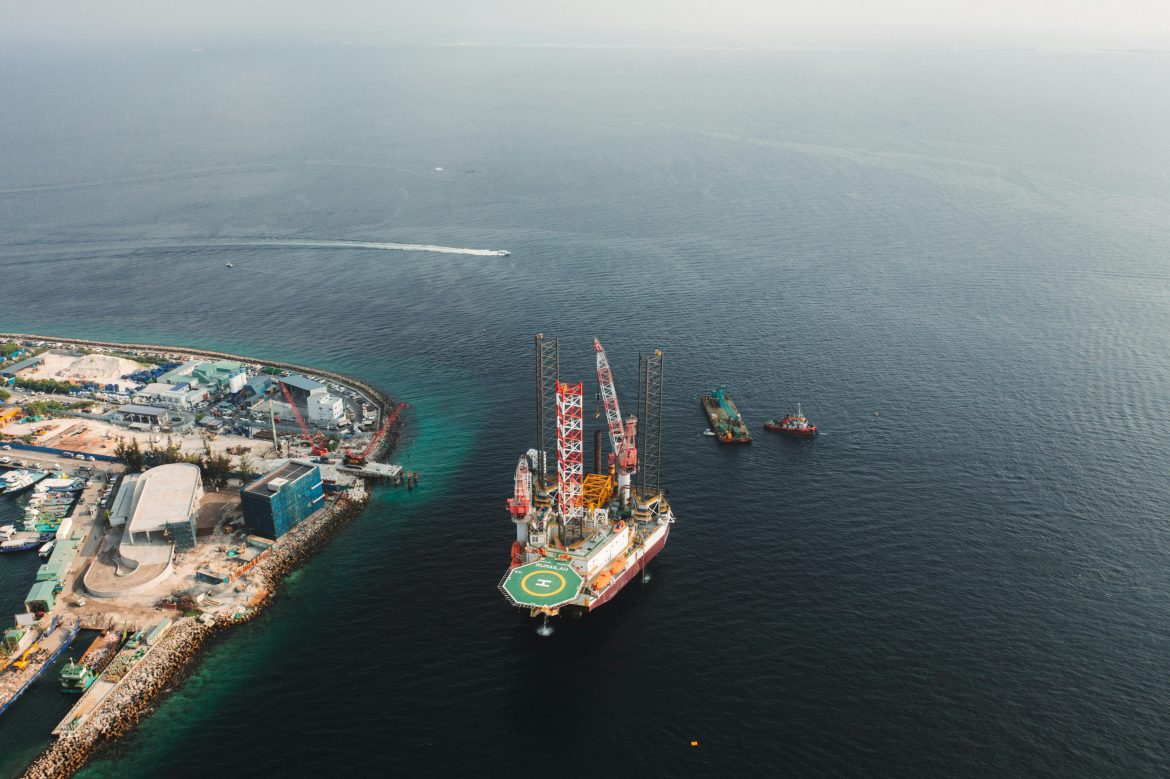India and China have solidified their positions as the leading destinations for Russian seaborne fuel oil and vacuum gasoil (VGO) exports in May, according to recent LSEG data and insights from industry traders. This development underscores the ongoing transformation of international energy trade routes in the wake of geopolitical tensions and economic sanctions.
Russian fuel oil and VGO seaborne exports witnessed a substantial 12% increase from April, reaching approximately 4 million metric tons in May. This surge can be attributed to the completion of seasonal maintenance activities, which bolstered production and export capabilities. The uptick in exports comes at a time when the global energy landscape continues to evolve, shaped by political decisions and economic considerations.
The redirection of Russian oil products to Asian markets has been particularly pronounced since February 2023, when the European Union implemented a comprehensive embargo on Russian oil products. This policy shift forced Russia to seek alternative markets for its energy exports, with Asia emerging as a key destination.
India, in particular, has significantly increased its imports of Russian fuel oil and VGO. In May, direct shipments from Russian ports to India rose to 0.7 million tons, up from 0.6 million tons in April. This growth reflects India’s strategic approach to diversifying its energy sources and capitalising on favourable pricing amid global market fluctuations.
Similarly, China has ramped up its imports of Russian fuel oil, with loadings increasing to approximately 520,000 tons in May, compared to 450,000 tons in April. Both China and India are utilising straight-run fuel oil and VGO for refining purposes, partially substituting the more expensive Urals crude oil. This strategy allows these nations to optimise their refining operations while managing costs effectively.
The reorientation of Russian energy exports has also impacted other regions. Saudi Arabia, for instance, doubled its imports of dirty oil products from Russian ports in May, reaching 430,000 tons. This increase is largely attributed to the kingdom’s heightened demand for fuel oil for power generation during the peak summer months.
Conversely, some traditional markets have seen a decline in Russian fuel oil imports. The Ain Sukhna Terminal in Egypt experienced a significant drop, with imports falling to 200,000 tons in May from nearly 500,000 tons in April. This fluctuation highlights the dynamic nature of global energy trade and the impact of changing market conditions and geopolitical factors.
The data also reveals interesting trends in other markets. Malaysia saw an increase in VGO and fuel oil loadings from Russia, rising to 320,000 tons from 190,000 tons in April. Meanwhile, Fujairah experienced a slight decline in dirty oil product imports.
An intriguing aspect of this trade realignment is the use of ship-to-ship transfers near Greece and Malta, with approximately 450,000 tons of VGO and fuel oil loaded in Russian ports in May destined for these transfer points. Industry sources suggest that the majority of these cargoes ultimately find their way to Asian markets, further emphasising the shift in global energy trade patterns.
This evolving landscape of energy trade underscores the complex interplay of economic interests, geopolitical considerations, and market dynamics in shaping global energy flows. As nations adapt to new realities and seek to secure their energy needs, the patterns of international trade continue to transform, with significant implications for global energy security and economic relationships.



